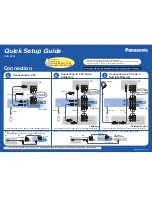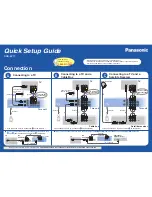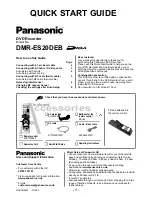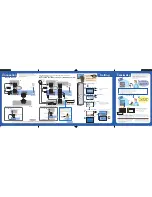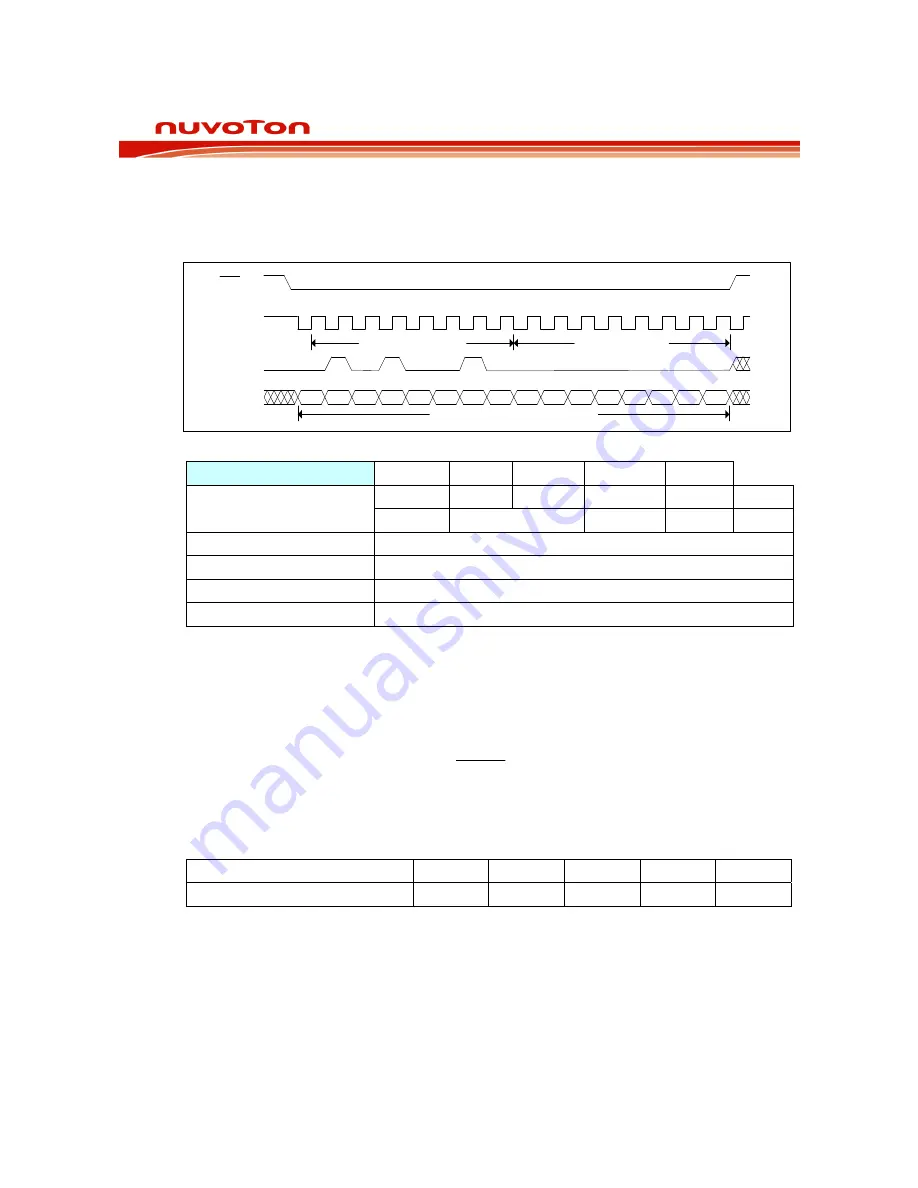
PRELIMINARY ISD1700 SERIES
Publication Release Date: Nov 6, 2008
- 57 -
Revision 1.31
The additional command enhances the functionality and performance of the device in order to fulfill
extra features and requirements that the designers may wish.
11.5.1 EXTCLK (0x4A)
B0 B1 B2 B3 B4 B5 B6 B7 B8 B9 B10 B11 B12 B13 B14 B15
SCLK
MOSI
MISO
SS
Data Byte 1
Command (4Ah)
LSB
MSB
0
1
2
3
4
5
6
7
8
9
10
11
12
13
14
15
MSB LSB
Status Register 0 : Bytes #1 & #2
EXTCLK
Opcode 0x4A 0x00 Interrupt No
Byte Sequence:
MOSI
0x4A
0x00
MISO SR0
Description:
Enable or disable the external clock mode
State before Execution
Idle
State after Execution
Idle
Registers Affected
None
The EXTCLK command toggles the enable and disable of the external clock (XCLK) mode on the
device. When XCLK mode is activated, the internal oscillator of the device is disabled. Instead, an
external clock is required to apply to the Rosc pin and the external resistor at Rosc pin must be
removed. When XCLK mode is disabled, then the external clock signal must be disconnected from
Rosc pin and an external resistor must be connected back, so that the device runs from its internal
clock accordingly. This mode is very useful for synchronization of the I1700 device with an external
component, such as microcontroller, when precision timing is essential. An active XCLK state can
also be reset by RESET command or
RESET
pin. Hence, the device will operate via its internal
oscillator, provided that the external resistor is hooked up to the Rosc pin.
The frequencies of the required external clock with respect to the various sampling frequencies are
listed in the below table, but duty cycle is not important since it will be taken care internally by the
device.
Sampling Freq. [kHz]
12
8
6.4
5.3
4
External Clock Freq. [MHz]
3.072 2.048 1.638 1.356 1.024































